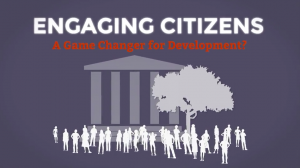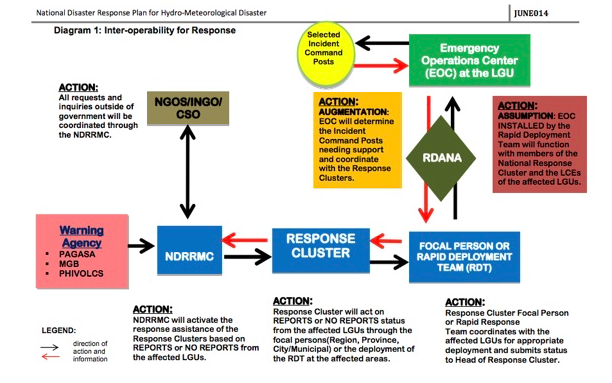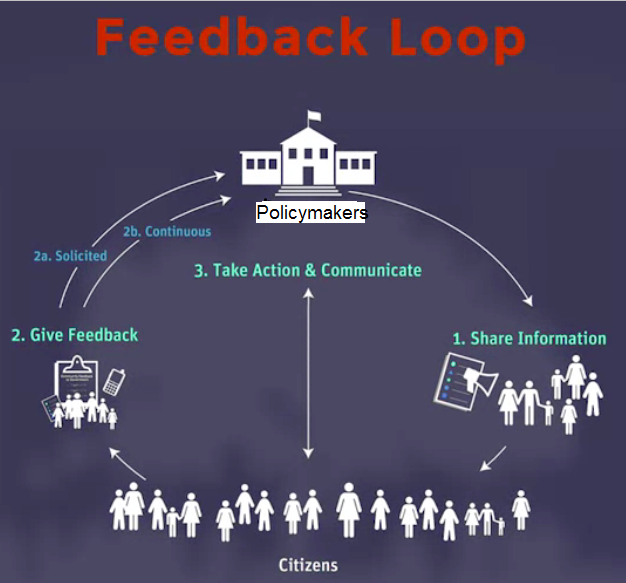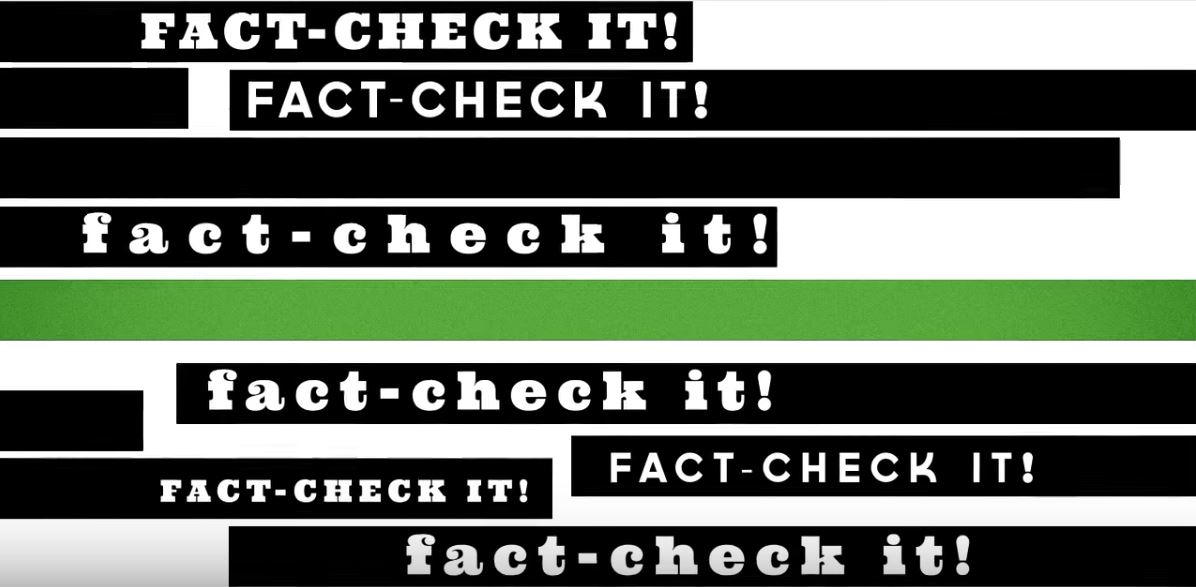Social Media deserves a larger role in disaster work
If the number of enrollees in the first World Bank-organized Coursera course on Citizen Engagement is any indication, the world is rapidly moving into one with more involved, aware, and participative citizens. Over 11,000 citizens from all parts of the world registered for the Citizen Engagement course, including about a dozen Filipinos.
The final project for the Policy and Leadership Track I was taking required a digital artifact to showcase an idea for citizen engagement that could be done in one’s own country. I chose the role of social media in disaster risk reduction.
Before Typhoon Ruby hit last December 2014, a Rappler article quoted National Disaster Risk Reduction and Management Council (NDRRMC) Chief Alexander Pama himself as saying, “Please help us help you. Para mas mabilis ang coordination, ginagamit po natin ngayon ang social media,” (For speedier coordination, we are now using social media.) The government threw all its disaster-related resources behind the Ruby cluster created and we in Blog Watch had our hands full passing on information as best we could. True enough, there were minimal casualties – a sign that all the preparations and warnings helped people find safety before the typhoon hit.
Despite such life-saving situations, social media, sadly, is still not in the mainstream consciousness of those involved in disaster preparedness efforts.
Let’s look at some issues that bolster a greater need for social media involvement in disaster risk reduction activities.
Issue #1: The National Disaster Alert System is still just a law on paper.
Last June 20, 2014, R.A. 10639 (Free Mobile Disaster Alerts Act) was signed into law by President Aquino. This law mandated major telecommunications companies (telcos) to send free SMS to subscribers in the event of a disaster.
Since that signing, there were 14 more weather disturbances for the rest of 2014 and to this day, it remains an alerts system on paper, pending the release of the Implementing Rules and Regulations (IRR).
The free mobile alerts are supposed to take care of warning people in areas affected by the disaster. But until it is put in place, social media can serve as a channel for such alerts.
Issue #2: The National Disaster Response Plan (NDRP) establishes the formal coordination among agencies during disasters but does not spell out how information and coordination will flow in a scenario where processes are disrupted.
The detailed NDRP is a product of the joint cooperation among the NDRRMC, Department of Social Welfare and Development (DSWD), Department of National Defense (DND) and Japan International Cooperation Agency (JICA).
One of the flowcharts inside the NDRP shows the inter-operability of different agencies and local government units (LGUs).
This process flow assumes all processes remain intact. But we know that in a real major disaster, many of these processes will likely be compromised or disrupted.
In one recent disaster preparedness forum, a speaker said that in the initial hours of a disaster, we should not expect the disaster agencies, rescue teams and law enforcers to be our first responders because it is possible that many of them will themselves be affected. How does one then bring messages to where it can save lives until the formal communication and process chain is restored?
Make SOCIAL MEDIA a layer of informal, rapid communication over the NDRP.
In my digital artifact, I proposed that this social media layer of volunteer netizens be identified, trained, tested, and empowered to deliver life-saving and crucial messages and information on social media to those needing assistance as well as feeding information back to the agencies.
Some things that can be done:
*Identify volunteer netizens by LGU or school/work location and create a volunteer database. (There are already existing volunteers in some LGUs where disaster preparedness training has been conducted in some form by the private sector)
* Train the volunteers in various social media platforms including the appropriate way to engage online (The existing universal hashtags will play a large role in the training)
* Pilot test social media involvement under different disaster scenarios with those involved in rescue, relief and data gathering and dissemination
* Tweak. Repeat. Rollout.
The concept of social media participation will need more details worked out. But it is high time for government and disaster relief agencies to incorporate social media and wider citizen participation into information dissemination and feedback disaster plans and activities.
Active netizens take to social media during typhoons and past disasters but these are primarily self-propelled initiatives. There is so much more we can achieve if those efforts are harnessed, coordinated and focused.
Here is my digital artifact:
Photos:
Citizen Engagement – taken from coursera.org
National Disaster Response cover photo and flowcharts – screenshots taken from the NDRRMC website







